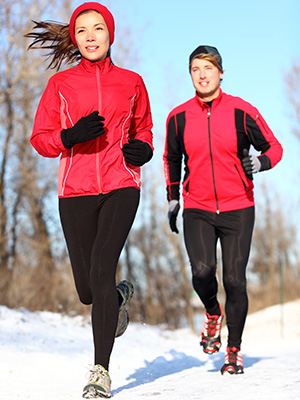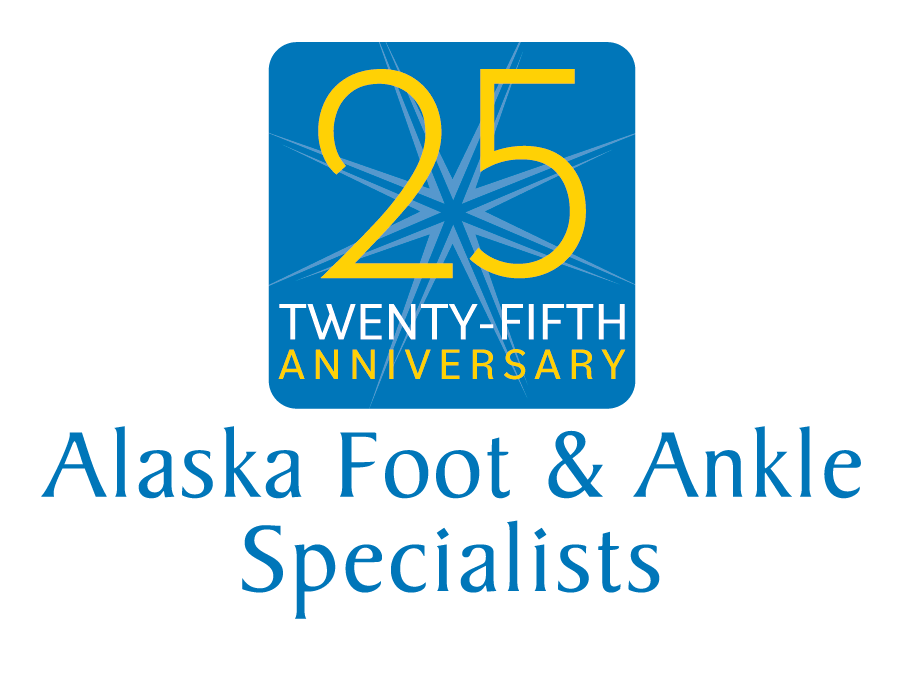 It’s that time of year again. The trails and roads of Anchorage are covered in snow and ice. Some might be tempted to stay inside, but living in Alaska beckons year round physical activities outdoors.
It’s that time of year again. The trails and roads of Anchorage are covered in snow and ice. Some might be tempted to stay inside, but living in Alaska beckons year round physical activities outdoors.
Snow shoes or fat tire bikes might be an option for outdoor activity, and these can be fun, but for me they don’t produce the same soothing cadence and zone inducing hypnosis associated with running.
Winter running on snow and ice brings its own set of challenges, different from the summer roads or laps around a track. One of the primary concerns is traction.
Most Alaskans prefer using studded tires on their cars during the winter months for improved traction. Well the same concept is available for running shoes. The following are a few options to consider for winter running.
Option 1. Strap on crampons such as Yaktrax or Stabilicers. These have the advantage of being easily removable, and do not require any modification to the shoe. Unfortunately they also create pressure points and hot spots under the shoe.
Option 2. The screw shoe is an easy, a cheap and do it yourself alternative. A few #8 sheet metal screws can turn those road shoes of yours into all weather super stars. Placing screws into the bottom of your shoe does degrade the sole somewhat, so using a brand new pair may not be your first choice. Conversely, resist the temptation to use that old pair of mud shoes from your closet, they might have no cushioning or support for your feet. Screw shoes are a cheap traction solution for winter running. The downside to using #8 sheet metal screws is the added pressure points and hot spots under the shoe. Also the necessity for replacing any screws that are worn or fallen out over time.
Option 3. The Icespike system is basically an enhanced screw shoe. The Icespike screw head provides more aggressive traction, resulting in fewer screws needed in the bottom of your shoe. The increased pitch of the threads in comparison to a #8 sheet metal screw means fewer spikes lost on a run. Screws can be placed just on the perimeter of the shoe sole, eliminating pressure points and hot spots. The downside to Icespikes is cost, definitely more than a bag of #8 sheet metal screws from the hardware store.
Option 4. Winter running shoes, such as the Icebug BUGrip shoe or the Salomon Spikecross 3 CS shoe would also be a good alternative. Check with local retailers for availability. Personally, I am not a big fan of buying shoes off of the internet. People have enough trouble getting a comfortable shoe that fits right from a brick and mortar store. I see no reason to take a chance on the fit and feel of a shoe off the Internet. The big question with these shoes is how well do they fit your foot. Are they appropriate for your foot type? With #8 sheet metal screw, or Icespikes, the right shoe for your foot can be modified.
All four of these options will do the trick in keeping us on our feet and off our butts during the winter running season. My personal preference is option 3, the Icespike. When running last winter, I felt like a mountain goat with all-wheel drive. I could lean into the turns on bare ice without slowing down and no falls. No matter what option you decide, the important thing to do is get outside and run!
Article by: Dr. Jared Kern
#StrideOnAlaska

